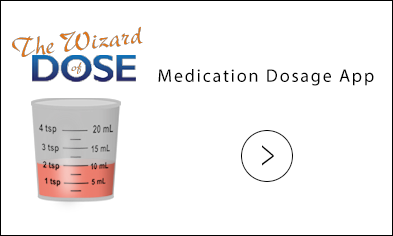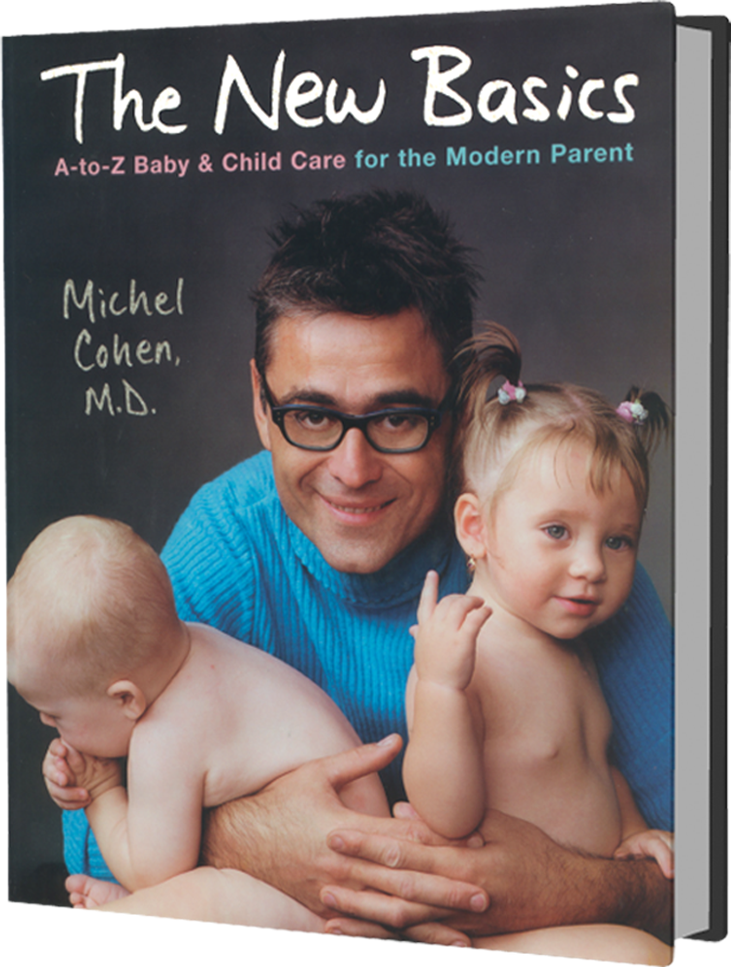
Milk, Cow’s
Why should a toddler drink cow’s milk? The answer is simple: Why not? It tastes good, and it provides calories, fat, protein, vitamins, and calcium. And since children are accustomed to either breast milk or formula, they tend to remain fond of milk into late childhood and even adulthood.
But milk is not a necessity. Contrary to what pediatricians advised years ago, there is no minimum amount of milk that a toddler must drink. A balanced diet, especially if it includes other dairy products, contains all the nutrients present in milk. So if Jimmy isn’t crazy about it, don’t force it on him. As an alternative, you can also try goat’s milk or fortified soy milk or rice milk, all of which have good nutritional value.
That takes care of the too-little-milk problem. But how much is too much? Some kids chug milk like it’s going out of style. The rule of thumb here is simple: If Jimmy still has an appetite for solid food, his high milk intake isn’t a problem. But when picky eaters fill up on milk as a substitute for solids, you need to reduce their milk intake to help them develop appetites.
- “Milk increases mucus production”: This ingrained popular myth does not make much sense on a physiological basis, since milk—like all nutrients—is digested and broken down by the intestine into the bloodstream, not into the nose. This misconception may be based on the fact that milk and mucus have roughly the same texture. The only reason to avoid milk during viral illnesses is that it can be a little heavy on the tummy and may induce vomiting, especially in young children.
- “Milk predisposes children to infection.” This one may be left over from the pre-pasteurization era. These days, there’s no correlation between milk intake and infections.
- “If a mother drinks milk while nursing, her baby will be cranky.” Some mothers swear this is true, but it has no scientific basis. Breast milk is manufactured in the mammary glands from the mother’s blood. By the time it reaches the baby, the milk the mother drank has been processed, so even if Lucy happens to be milk-intolerant she won’t be affected.
Milk Intolerance
Milk intolerance is the inability to digest lactose, a sugar found in cow’s milk [See: Food Reactions]. The problem, which is relatively common, is caused by a deficiency of lactase, the enzyme that digests lactose. In most people, the intolerance is partial: The body can digest small amounts of milk, but larger amounts produce symptoms such as gas, diarrhea, and cramping. Lactose intolerance is more common in African Americans and Asians. Symptoms generally start in toddlerhood and last through life, but the lactose intolerant usually learn to avoid large amounts of milk and stay symptom free. No treatment currently exists, besides taking lactase supplements or drinking lactase-enhanced milk products.
Contrary to what you may hear, lactose intolerance is extremely rare in infants. To further complicate matters, the diagnosis can be confusing in formula-fed infants. If Lucy is producing diarrhea or streaks of blood in the stools and they disappear after you switch her to a milk-free formula, milk intolerance still might not be the culprit; the problem could be caused by the temporary immaturity of her intestines. Intolerance is even more unlikely if Lucy cries and has gas. Babies cry. Babies have gas with or without lactose [See: Gas].
Breastfed babies are even less likely to show signs of milk intolerance. Breast milk does not contain lactose, and its nutrients remain the same, whether the mother drinks milk or not.
As I said above, it may be due to intolerance. Or not. Toddlers often go through periods of runny stools, either because of mild viral infections or sometimes for no discernible reason at all. Stop the milk, see if the stools harden, then reintroduce the milk and see if they loosen up again. If you find a correlation, you’ll have to decrease or stop milk altogether.
When should we introduce cow’s milk?
Although most books recommend twelve months, I find that when kids are on formula, eight months is perfectly fine. At this age their little stomachs are able to handle cow’s milk, and it’s cheaper than formula. For breast-feeding babies, there’s no reason to switch until you decide to wean or to cut back on nursing.
How should we switch to milk?
Just pick a day and give the kid milk. You could mix it with formula for a day or two, but since milk tastes better, you generally won’t need to.
What if my baby is not interested?
You can offer a substitute form of milk (soy, rice, goat) if you want, or you can let the whole matter drop. As I said, milk is not mandatory.
Fat-free, low-fat, or whole milk?
According to common wisdom, you should switch kids to low-fat milk at two years of age. This rule was much more relevant in the old days, when kids drank huge amounts of milk. Since they ingest more reasonable quantities these days, whole milk’s high fat content is less of an issue; in fact, it’s actually a good source of calories for children (though not for adults). If you’re concerned about fat, don’t lose sight of the real enemies: pizza, hot dogs, chips, and fast food.
Milk has received some bad publicity recently. For a couple of generations, the eminent Dr. Spock promoted the calcium benefits of milk in creating strong bones, but in his most recent edition he pooh-poohed moo juice as unhealthy, impure, and the cause of many diseases. The dairy industry is scrambling to reestablish milk as a vital part of any diet, not just for kids but for adults too. The reality, of course, lies between the two positions. Milk is neither a lifesaver nor a devil in disguise, but a reasonable source of nutrition that may not be right for everybody.




 MEDICATION DOSAGE
MEDICATION DOSAGE

